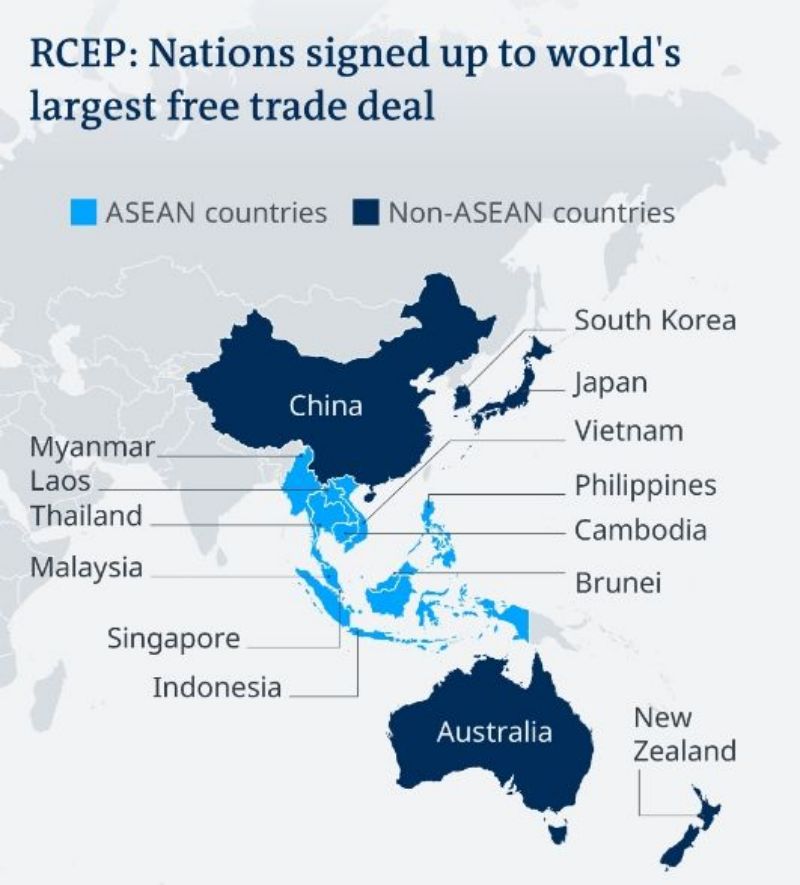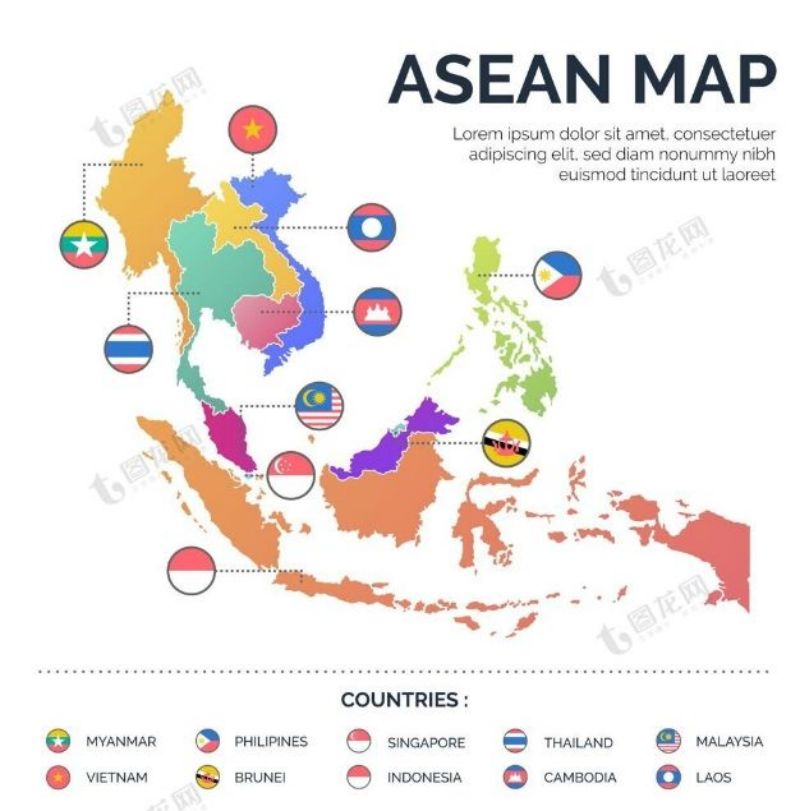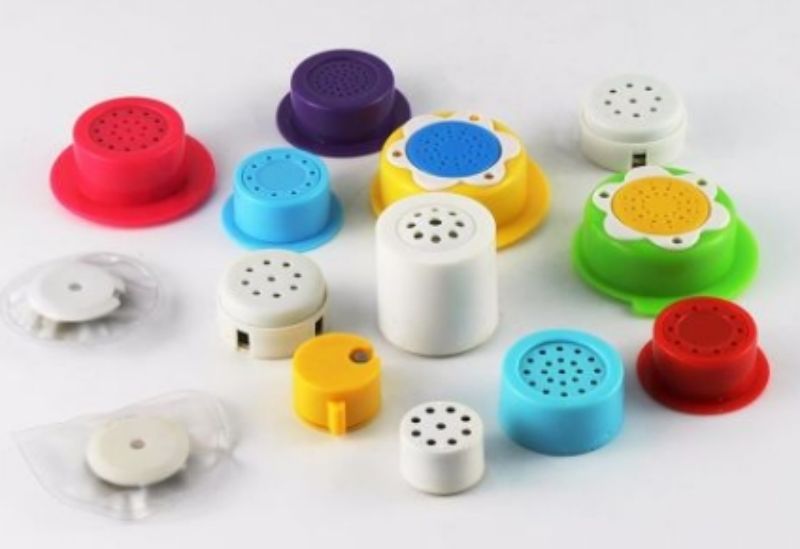RCEP market has great potential
RCEP member states include the 10 ASEAN countries, namely Indonesia, Malaysia, Philippines, Thailand, Singapore, Brunei, Cambodia, Laos, Myanmar, Vietnam, and 5 countries including China, Japan, South Korea, Australia and New Zealand. For companies whose products have long relied on European and American markets in the past, there seems to be greater room for growth in the future by actively expanding the markets of RCEP member countries, especially the markets of ASEAN countries.
First of all, the population base is large and the consumption potential is sufficient. ASEAN is one of the more densely populated regions in the world. On average, each family in ASEAN countries has two or more children, and the average age of the population is less than 40 years old. The population is young and the purchasing power is strong, so the consumer demand for children's toys in this region is huge.
Second, the economy and willingness to consume toys are rising. Economic growth will strongly support cultural and entertainment consumption. In addition, some ASEAN countries are English-speaking countries with a strong Western festival culture. People are keen to hold various parties, whether it is Valentine's Day, Halloween, Christmas and other festivals, or birthdays, Graduation ceremonies and even the day of receiving admission letters are often celebrated with large and small parties, so there is a huge market demand for toys and other party supplies.
In addition, thanks to the spread of social media such as TikTok on the Internet, trendy products such as blind box toys are also very popular among consumers in RCEP member countries.

Key market overview
After carefully studying the information from all parties, the consumption potential of the toy market in countries below ASEAN is relatively large.
Singapore: Although Singapore has a population of only 5.64 million, it is an economically developed country among the ASEAN member states. Its citizens have strong spending power. The unit price of toys is higher than that of other Asian countries. When purchasing toys, consumers pay great attention to the brand and IP attributes of the product. Singaporean residents have a strong environmental awareness. Even if the price is relatively high, there is still a market for the product as long as it is properly promoted.
Indonesia: Some analysts say that Indonesia will become the fastest-growing market for sales of traditional toys and games in the Asia-Pacific region within five years.
Vietnam: As parents pay more and more attention to their children’s education, educational toys are in high demand in Vietnam. Toys for coding, robotics and other STEM skills are particularly popular.

Things to consider
Although the toy market potential in RCEP countries is huge, there is also a lot of competition within the industry. The fastest way for Chinese toy brands to enter the RCEP market is through traditional channels such as the Canton Fair, Shenzhen International Toy Fair, and Hong Kong Toy Fair, through e-commerce platforms, or through new business formats such as cross-border e-commerce and live streaming. It is also an option to pry open the market directly with low-cost and high-quality products, and the channel cost is relatively low and the results are good. In fact, cross-border e-commerce has developed by leaps and bounds in recent years and has become one of the main forces in China's toy exports. A report from an e-commerce platform stated that toy sales on the platform in the Southeast Asian market will increase exponentially in 2022.









